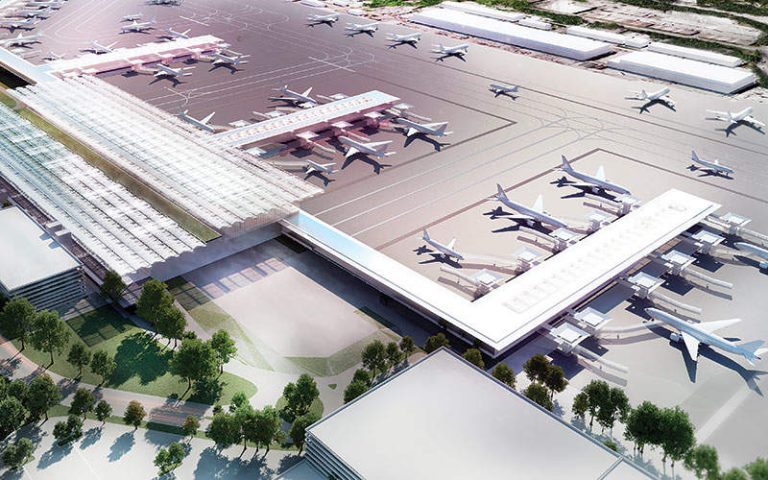The final two major structures being built to bring HS2 into Birmingham have been approved by local councils – marking another significant milestone for the project. Approval has been granted for the design of two new viaducts, meaning eight “Key Design Elements” (KDEs) on the West Midlands section of the route have now passed the Schedule 17 process. KDEs are structures on the HS2 project identified as being significant because of their size, proximity to communities, or location within sensitive areas. Because of these challenges, HS2 has undertaken extensive engagement with local communities to listen to people’s views and incorporate feedback in the design of the structures where possible. The River Blythe Viaduct has received Schedule 17 planning approval from Solihull Metropolitan Borough Council. A 475-metre low-lying structure, just south of the new HS2 Interchange Station in Solihull, it is designed to skim the flat, agricultural landscape as it crosses the River Blythe, the floodplain and Meriden Road near Hampton in Arden. Feedback from the local community has been incorporated into the planning of the construction of this viaduct, particularly regarding tree planting and protecting the local environment in the areas near the river which are designated as a Site of Special Scientific Interest. Saltley Viaduct has received planning approval from Birmingham City Council. It is a 225-metre structure, including approaches, located two miles north-east of Birmingham city centre, and will take the B4144 road over the HS2 line, the Birmingham and Warwick Junction Canal, the Birmingham and Derby rail line and the River Rea. It will be an important crossing point, providing access to the city centre and the wards of Nechells and Alum Rock. A wider pathway to make room for cyclists, additional lighting, and replacing stainless steel material with weathering steel panels and a perforated pattern, were key requirements from local people, which have all been incorporated. Stephen Powell, HS2 Ltd’s Head of Delivery said: “Achieving these two KDE planning approvals is a significant milestone for the project. It’s been hugely important for us to engage and consult with communities as we reach the final design stages of these key structures in the West Midlands, and we’re very grateful for the feedback they have provided. “Our designers have incorporated local feedback in all of these Key Design Element structures, including enhanced environmental features, use of materials and additional amenities such as footpaths and cycling tracks in the areas around them, ensuring that we have the best outcome for everyone.” Nick McGough, Director at Weston Williamson + Partners, and Lead Architect for the Balfour Beatty VINCI Design Joint Venture, which is designing HS2 in the West Midlands, said: “All of HS2 needs to be designed sensitively but KDE structures in particular were identified through the parliamentary process due to their scale and significance. The whole team has worked incredibly hard for over 6 years to engage local communities in a process which has involved Local Authorities, key stakeholders and the HS2 Independent Design Panel. “The approvals received for the River Blythe Viaduct and Saltley Viaduct complete the set of KDEs in the West Midlands which will bring HS2 into central Birmingham, whilst contributing positively to local communities. For the River Blythe Viaduct this includes landscape enhancements whilst at Saltley, active travel is encouraged with dedicated pedestrian and cycleways separated from road traffic.” One other KDE in Birmingham is: One other KDE in Solihull is: Four other KDEs in North Warwickshire are: These KDE structures form part of the section being designed and built by Balfour Beatty VINCI, HS2’s construction partner in the Midlands, together with a Design Joint Venture of Mott MacDonald and SYSTRA with Weston Williamson + Partners as architects. This project team is responsible for delivering the 90km stretch of the route spanning from Long Itchington in Warwickshire to the centre of Birmingham and on to Handsacre in Staffordshire. A workforce of over 9,000 people and 400 companies in the West Midlands are helping to build HS2. In total BBV are building 42 viaducts (totalling 11km), 62 overbridges, 62 embankments, 34 cuttings, 28 underbridges, 11 underpasses, along with two twin bore tunnels and two cut and cover tunnels (totalling 15km). Building, Design & Construction Magazine | The Choice of Industry Professionals














